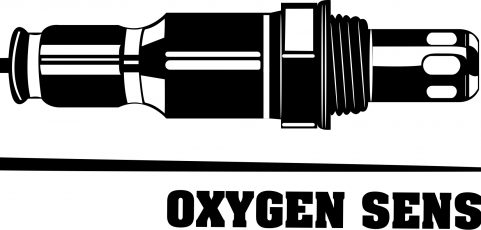If you have vent-free heating, you know there are issues that can arise from time to time. One of the most dangerous involves a toxic gas buildup that can quickly spread throughout a facility. If this happens, not only can people be overcome by the gas itself, but there could also be a fire or explosion that could lead to fatalities and significant damage to buildings and equipment.
To lessen the chances of this occurring, many industrial work sites make use of oxygen depletion systems. Able to quickly detect changes in oxygen levels due to toxic gases, these systems are extremely important in many ways. If you want to keep your vent-free heating safe, here is why you need an oxygen depletion monitor.
24/7 Detection
Whether a toxic gas buildup occurs during the day shift or overnight when few people may be around, it is crucial to have a system in place that provides 24/7 monitoring detection. With an oxygen depletion sensor, this is exactly what you have. Thanks to advanced software and the latest electronics, these detection systems can instantly detect changes in oxygen levels, the presence of other gases in the atmosphere, and other abnormalities that require instant analysis. Thus, whether the data is sent to on-site technicians and supervisors or engineers located in off-site monitoring centers, data is quickly analyzed so those fast decisions can be made in the event of a crisis.
Inspections of Confined Spaces
In many labs or industrial settings, the major components of vent-free heating systems are found in confined spaces. Because of this, maintenance personnel often spend many hours per day in these areas, where they install, troubleshoot, repair, or replace equipment as needed. Unfortunately, confined spaces are in most cases the most difficult areas to accurately monitor for decreased levels of oxygen. Rather than place these workers at unnecessary risk, companies now use portable oxygen depletion sensor alarms when workers are in these areas. Smaller than most cellphones, the alarms transmit real-time data while being clipped to a person’s shirt or belt. In addition, they possess wireless technology, enabling them to send data to mobile devices such as tablets or smartphones. With this capability, it becomes much easier for on-site supervisors and safety engineers to monitor the real-time data. Thus, should a dangerous situation start to develop, workers in these spaces can be alerted and quickly evacuated,
Detection of Multiple Gases
When using an oxygen depletion sensor gas heater, it will be crucial to perform multi-gas detection. In many situations, oxygen levels in an area drop due to the presence of other hazardous substances or gases that have gone undetected. However, by relying on a detection system that constantly scans for various gases and substances, problems that could become critical can often be resolved quickly and efficiently. From shutting off a valve to repairing a piece of broken equipment, these detection systems not only save lives, but are also very cost-efficient in terms of helping avoid costly production delays.

